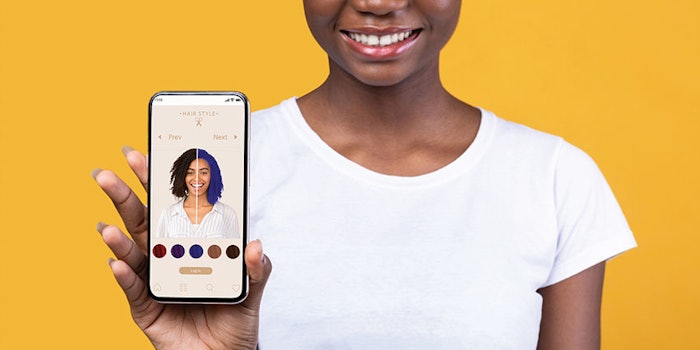
The color cosmetics market has experienced dark and bright spots in recent years. So what aspects of these products could set the tone for future success? Here, indie color formulator and University of Cincinnati lecturer Kelly Dobos (KD) paints us a picture with insights on: replacement ingredients, regulations, biomimicry, ecology, skin tone-matching and more.
C&T: What trends are you seeing in color cosmetic ingredients and formulas? What’s driving them?
KD: We talk a lot about color trends when it comes to makeup but there are important trends happening in base formulations driven by sustainability, safety and sourcing concerns. Right now, there’s a big push to replace talc as the primary filler in powder formulations due to concerns about contamination with asbestos. Talc has a balance of translucency, compression characteristics and cost that are really hard to match. Alternative materials like sericite mica and modified starches have proven useful in some applications as well as kaolin clay. Kaolin provides moderate coverage and can also be used to replace some of the titanium dioxide used to opacify foundations reducing the chalky appearance on darker skin tones.
C&T: What recent changes in pigment regulations are affecting product development? How?
KD: It’s important to keep in mind that regulations exist to protect consumers but the challenges presented by existing global regulations for colors also seem to be a barrier to bringing new color additives to the market, especially natural colorants. For example, very few natural colors are approved for use in the United States and their shade, stability and application in makeup tend to be pretty poor. Anthocyanins and beetroot are approved for cosmetic use in the European Union but until a manufacturer of these materials goes through the proper channels and submits data to substantiate safety for cosmetic use to the U.S. Food and Drug Administration, these materials are off-limits for color cosmetics in the United States.











